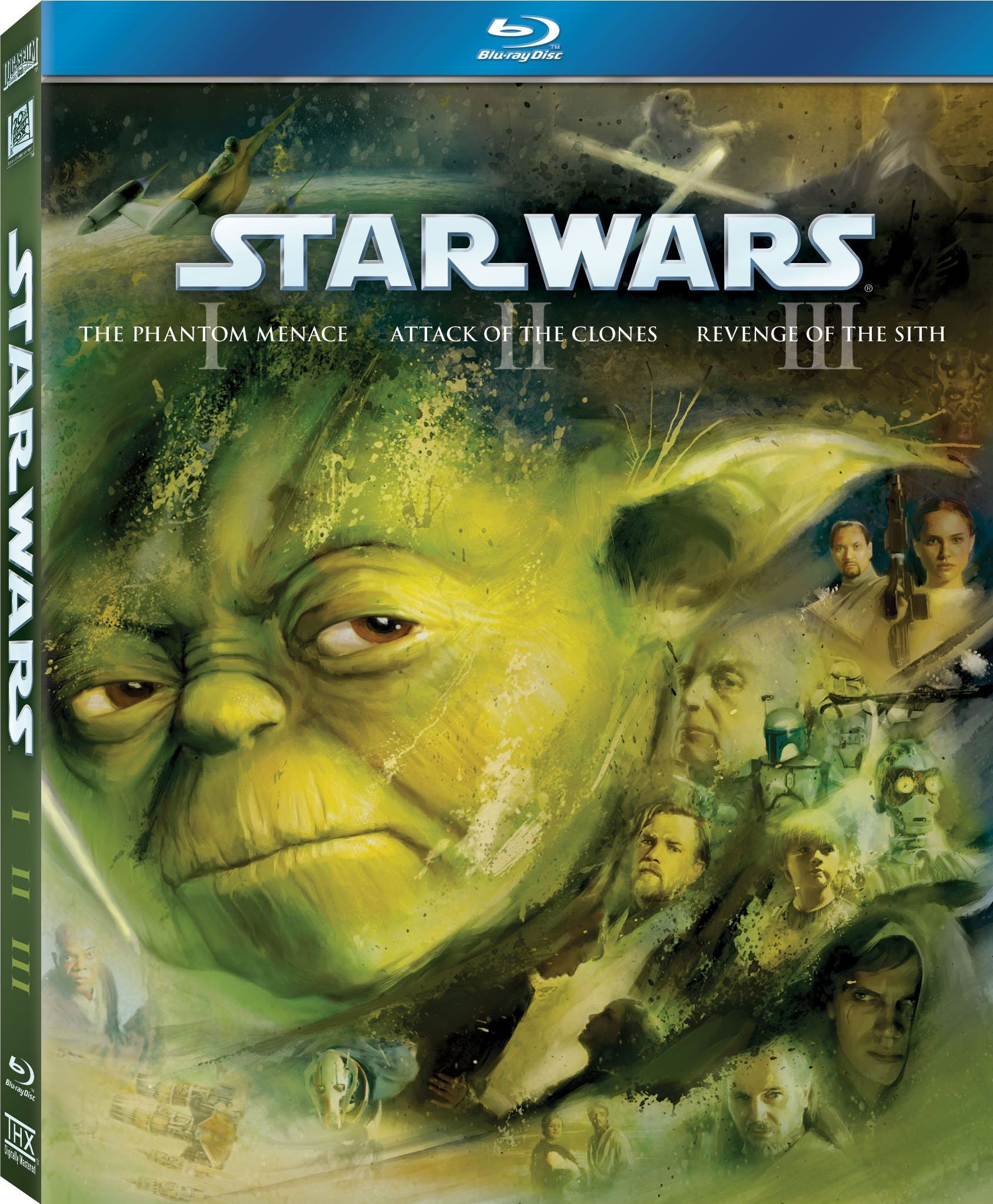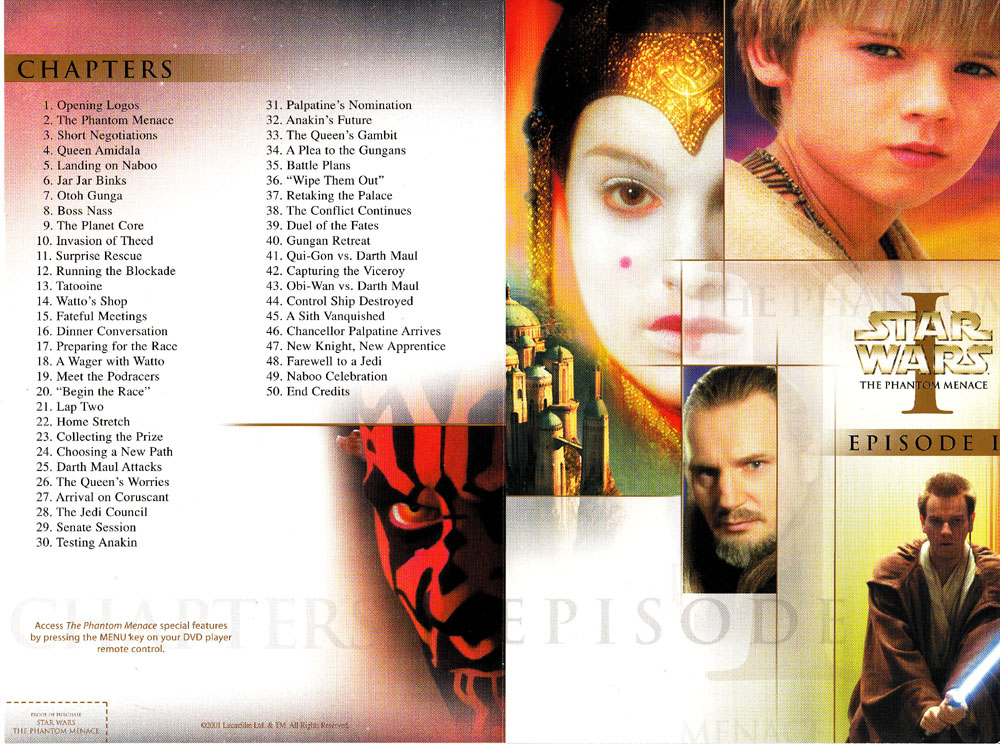
Amazon.com: Star Wars Trilogy Episodes I-III (Blu-ray + DVD) : Hayden Christiansen, Ewan McGregor, Natalie Portman, George Lucas: Movies & TV
Star Wars Episode 1-6 dvd label - DVD Covers & Labels by Customaniacs, id: 198439 free download highres dvd label

Star Wars: Episode I – The Phantom Menace 16×23 inch Original Asian VCD/DVD Release Promotional Poster | FilmFetish.com | Film Fetish and the Crush Collectibles Shop
![Amazon.com: Star Wars, Episode I: The Phantom Menace [DVD] : Liam Neeson, Ewan McGregor, Natalie Portman, Jake Lloyd, Ian McDiarmid, Anthony Daniels, Kenny Baker, Pernilla August, Frank Oz, George Lucas: Movies & Amazon.com: Star Wars, Episode I: The Phantom Menace [DVD] : Liam Neeson, Ewan McGregor, Natalie Portman, Jake Lloyd, Ian McDiarmid, Anthony Daniels, Kenny Baker, Pernilla August, Frank Oz, George Lucas: Movies &](https://m.media-amazon.com/images/I/51TqqpLoSkL._SY445_.jpg)
Amazon.com: Star Wars, Episode I: The Phantom Menace [DVD] : Liam Neeson, Ewan McGregor, Natalie Portman, Jake Lloyd, Ian McDiarmid, Anthony Daniels, Kenny Baker, Pernilla August, Frank Oz, George Lucas: Movies &

Star Wars Episode I: The Phantom Menace (DVD, 2005, 2-Disc Set, Widescreen Sensormatic) for sale online | eBay

Custom 4K UHD Blu-ray DVD Free Covers Labels Movie Fan Art - DVD CUSTOM Covers - S / Star Wars - Episode I: The Phantom Menace






![Star Wars: The Phantom Menace [DVD] [1999] - Best Buy Star Wars: The Phantom Menace [DVD] [1999] - Best Buy](https://pisces.bbystatic.com/image2/BestBuy_US/images/products/6360/6360038_so.jpg)







